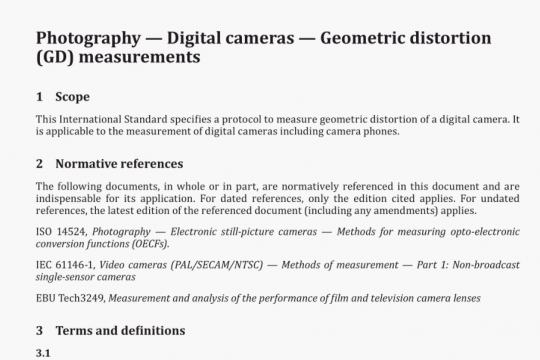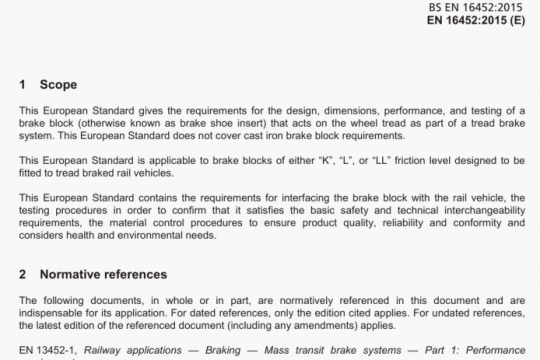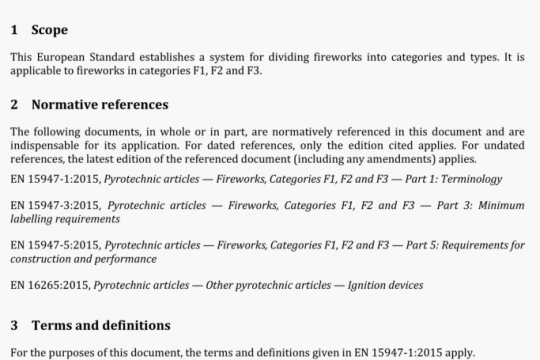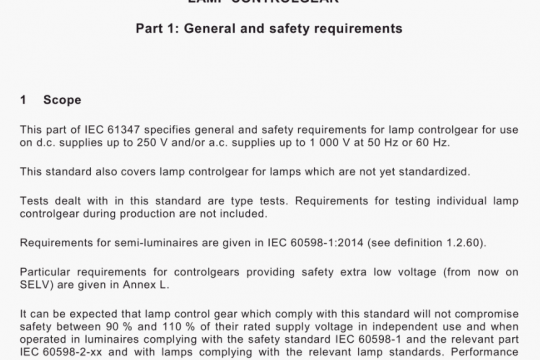BS ISO 7098:2015 pdf free
BS ISO 7098:2015 pdf free.Information and documentation-Romanization of Chinese.
3.1 The words in a language, which are written according to a given script (the converted system), sometimes have to be rendered according to a different system (the conversion system), normally used for a different language.
This operation is often performed for historical or geographical texts, cartographical documents and, in particular, for bibliographical work in every case where it is necessary to write words supplied in various alphabets in a manner that allows intercalation with other words in a single alphabet so as to enable a uniform alphabetization to be made in bibliographies, catalogues, indices, toponymic lists, etc. It is indispensable in that it permits the univocal transmission of a written message between two countries using different writing systems or exchanging a message, the writing of which is different from their own. It. thereby, permits transmission by manual as well as mechanical or electronic means.
The two basic methods of conversion of a system of writing are transliteration and transcription.
3.2 Transliteration is the operation which consists of representing the characters of an entirely alphabetical character or alphanumeric character system of writing by the characters of the conversion alphabet.
In principle, this conversion should be made character by character: each character of the converted alphabet is rendered by one character, and one only of the conversion alphabet, to ensure the complete and unambiguous reversibility of the conversion alphabet into the converted alphabet.
When the number of characters used in the conversion system is smaller than the number of characters of the converted system, it is necessary to use digraphs or diacritical marks. In this case, one shall avoid as far as possible arbitrary choices and the use of purely conventional marks and try to maintain a certain phonetic logic in order to give the system a wide acceptance.
However, it shall be accepted that the graphism obtained may not always be correctly pronounced according to the phonetic habits of the language (or of all the languages) which usually use(s) the conversion alphabet. On the other hand, this graphism shall be such that the reader who knows the converted language may mentally restore unequivocally the original graphism and, thus, pronounce it correctly.
3.3 Retransliteration is the operation which consists of converting the characters of a conversion alphabet to those of the converted alphabet.
This operation is the exact opposite of transliteration; it is carried out by applying the rules of a system of transliteration in reverse order so as to reconstitute the transliterated word to its original form.
3.4 Transcription is the operation which consists of representing the characters of a language, whatever the original system of writing, by the phonetic system of letters or signs of the conversion language.
A transcription system is of necessity based on the orthographical conventions of a conversion language and its alphabet. The users of a transcription system shall, therefore, have a knowledge of the conversion language to be able to pronounce the characters correctly. Transcription is not strictly reversible.BS ISO 7098 pdf free download.




